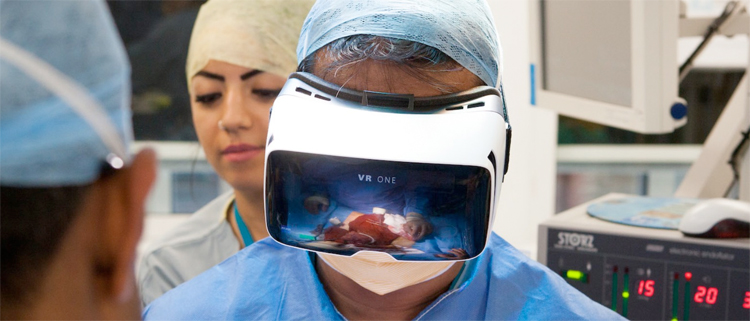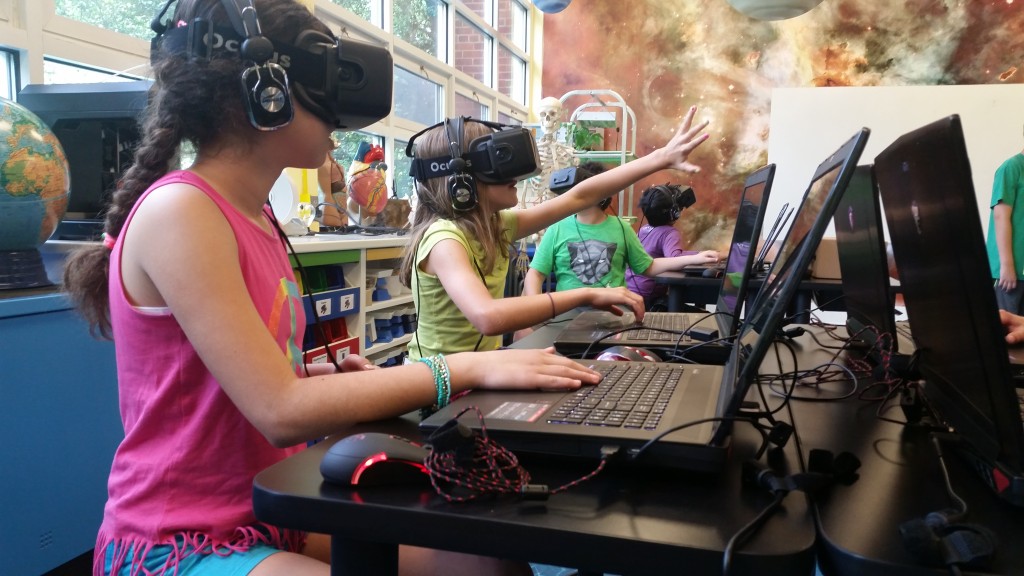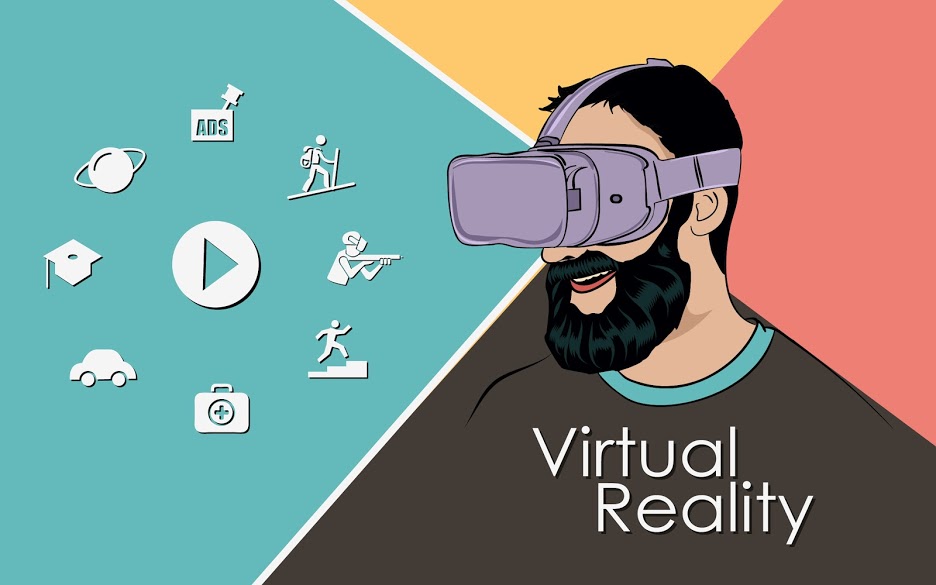Until some time back, virtual reality meant gaming. However, with the changes and advancement in technology, there are now a number of uses been realized. As a result, virtual reality has found application across industries, enabling companies to improve their training abilities, discover new ways to introduce their products, services, and or concepts to a large audience, and several other such uses. Let us take you through some of the industries that are using virtual reality, incorporating it into their everyday operations, and benefiting from its applications.
-
Healthcare
There are several applications of virtual reality in this industry – especially in the realm of therapy. Virtual reality is used to treat patients for example with various psychological problems – the controlled VR environment enables the treating doctors to use replications of the situations that cause problems, study their reactions, and help them to cope with their feelings and reactions.
 [Image Source=nvisionapp]
[Image Source=nvisionapp]
Apart from this, VR is used for diagnosis, treatment, surgery, rehabilitation, and counseling of patients. In addition, extensive training is provided to new doctors, medical personnel, paramedics, and other people working in this industry. VR has found its way in dentistry, medicine, nursing, surgery and simulation, reality therapies, phobia treatment, post traumatic stress disorder, treatment of autism, dealing with the physically-challenged, and several other health-related issues.
-
Entertainment
The entertainment industry is perhaps the most obvious one where the changes and developments in virtual reality will help to bring more excitement and thrill to the users. For example, Oculus Cinema, allows users to watch a movie giving them the impression of watching it all alone – a major attraction for cinema buffs. In addition, VR will be able to provide an immersive experience of concerts without the maddening crowds and rowdiness.
-
Automotive
Companies are now using VR to get an understanding of customer experiences and what they feel when they drive around in the cars. These companies use VR to get high definition interpretations of the inside and outside of their cars, and in addition, there are tools such as an inbuilt flashlight to look around the car in the dark. The benefit for the car companies is that they can make improvements and necessary changes to a proposed car model, without actually building a prototype. Not only does this save them time, effort, and money, it also enables them to make better products that customers would instantly love – meaning more sales and revenue. Some car companies are using the VR technology to enable potential buyers to take an in-depth look at the car model they propose to buy, allow them to customize the colour, inlays, interior upholstery, and even the electronic system – customers love to have this kind of control, and thereby buy more. In addition, some car manufacturers use VR to educate parents and young adults about the dangers of distracted driving. The technique includes built-in distractions such as the ring of a mobile phone, loud music, and even rowdy talkative friends in the passenger and back seats. These simulations allow the users to see what they do with the steering wheel and or pedals when they are distracted – which helps them to see the real danger they could be when they are actually driving.
-
Advertising
Brands are using VR experiences extensively too. This technique allows users to ‘experience’ the brand in a virtual world, giving them a true sense of how they would feel when using them in the real world. To give an example – an apparel brand asks users to wear their company’s trekking shoes and set up an experience where the user is able to ‘undertake’ treks in some of the most dangerous routes and mountains. The users gain first-hand information of the utility and durability of the shoes and the authenticity of the company’s claims. With customers becoming smarter and having more options to choose from, such experiences put the control in their hands, by allowing them to ‘experience’ a product even before buying it.
-
Education
Virtual Reality has the ability to increase vastly the scope of training, benefiting a much larger cross-section of users – ranging from students to top surgeons. In schools, VR in the classrooms means that irrespective of the limitations of space, poor weather, and personnel, the children can still be part of field trips and immersive gaming. In addition, VR has found several uses to serve children with special needs. The applications developed, help to minimize the effects of the physical challenges, thereby improving QOL by enhancing social participation, improving mobility and cognition, and providing exciting and interesting experiences of children battling disabilities. [Image source=Alchemy learning]
[Image source=Alchemy learning]
The children feel a sense of control over their stimulus in the VR environment, which increases their confidence and boosts their morale. It empowers them with freedom to move, allowing them to get the feeling of overcoming the disabilities.
-
Tourism
There are several applications in this industry too. Planning, management, marketing, education, entertainment, and even heritage preservation are some of the key areas of tourism for which VR would prove particularly useful. Creating awareness and promoting locations is a huge potential for VR – prospective visitors can ‘experience’ proposed destinations and decide which one would be best for them. The tools within the VR realm allow users to feel wind and the sun on their face, experience hiking and boat rides, and other such experiences.
-
Space
VR has been in use at NASA for many years now – particularly to enhance training and provide better development opportunities for the new recruits and existing employees. Another major use of VR for this realm is the creation of a virtual space centre, which is interactive and is aimed at improving the mental and physical health of astronauts on long-term space missions.
-
Skilled Occupations
New recruits and trainees can benefit by ‘practicing’ their craft several times, without money being spent on actual materials to train them. The users can repeat the task as many times as they need to, in order to increase their skill levels for the trade they have chosen. Although traditional training will not be done away with, VR training makes the process a lot faster, cheaper, and more thorough.
-
Law Enforcement and Military
Quite recently, a country’s government incorporated the Oculus Rift device to train their military and law enforcement medics in dealing with trauma during battle. The device also helps the military by using replications of situations to deal with IEDs (improvised explosive devices) and other such situations. Since these situations can be repeated several times, the learning is a lot better, and the personnel is able to learn from their own mistakes and those of others, without putting themselves in actual danger.
Virtual reality may have taken several decades to make the shift from gaming and science fiction, to practical everyday uses, but now that it has, the potential seems unlimited. With so many benefits, people are encouraged to adopt it for both commercial and consumer applications, thereby enhancing the quality of products and services in several different realms.
